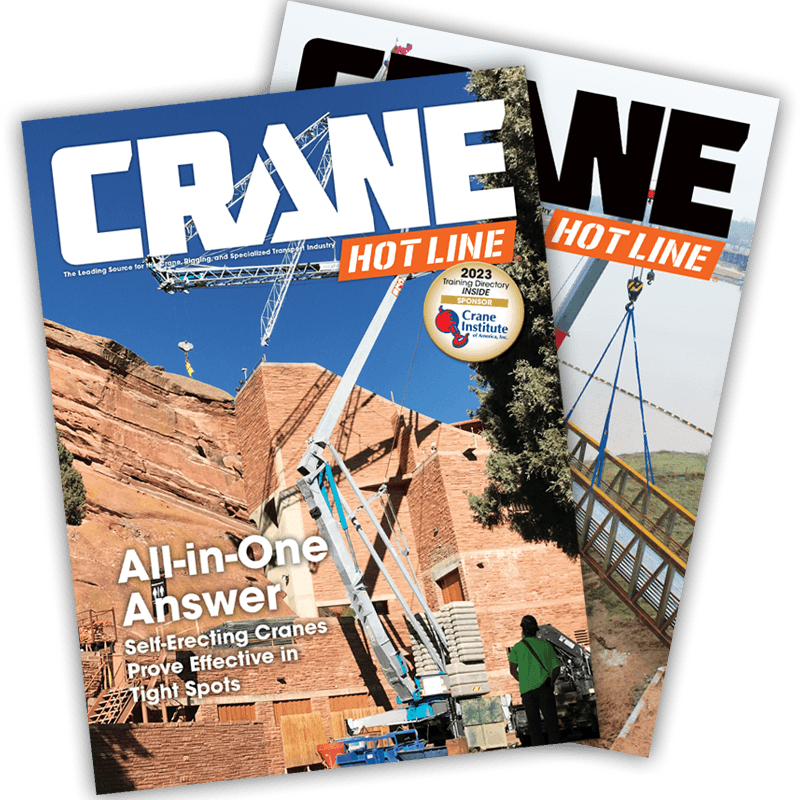“Fall” Protection Gives a Misleading Impression
Tim Whiteman is the managing director of the International Powered Access Federation (IPAF) and president of Aerial Work Platform Training, Inc. The following Letter to the Editor is in response to a call for topics and discussion points for the upcoming SAF-T Conference, which will be held July 20 at the Hyatt Regency Long Beach in Long Beach, Calif., immediately following the Scaffold Industry Association's 35th Annual Convention and Exposition.

Tim Whiteman
June 6, 2007 • “Fall protection” has become the established term associated with the use of harnesses and lanyards on aerial lifts. Over the last few years, the International Powered Access Federation and its North American subsidiary, Aerial Work Platform, Inc., have been running a worldwide campaign related to the proper use of harnesses and the need to prevent operators from being thrown out of the platform. Notice that I did not use the word “fall.”
People in our industry often talk about operators falling from platforms, which gives a very misleading impression of what actually occurs. The fact is most aerial lift fatalities are caused by operators being catapulted or thrown from the platform. Using the word “fall” in this context suggests a fairly gentle event in which the operator might even be able to grab hold of a railing that could save his or her life. However, the reality is that if a boom-supported lift is struck by a passing vehicle or tips because of ground subsidence, the whiplash effect will be so dramatic that even if the operator is holding the guardrails at the precise moment of the incident, he or she will not be able to retain a grip.
For this reason, IPAF and AWPT are insistent that operators wear full body harnesses with short lanyards in boom-type platforms. Below is the AWPT Technical Guidance that fully explains our position; it is also endorsed by the Scaffold Industry Association.
As a responsible industry, we should avoid the use of the word “fall” wherever possible, as it is so misleading. Instead, we should talk about the dangers of operators being catapulted or thrown from platforms. The only time people fall from platforms is when they have climbed onto the guardrails, which is something they should never do.

AWPT H1 Technical Guidance
Safety Harnesses in
Boom-Supported Work Platforms (Boom Lifts), ANSI A92.5, and Vehicle-Mounted and Towable Work Platforms, ANSI A92.2
OSHA regulations require the occupants of a boom lift to wear personal fall protection equipment while in the platform. [When working from a boom-type aerial work platform, it is strongly recommended that a full body harness with an adjustable lanyard be used to provide work restraint. The lanyard should be adjusted to be as short as possible (and may have a shock-absorbing section, if permitted by the AWP manufacturer).]
This would include:
• Boom-Supported Elevating Work Platform ANSI A92.5
• Vehicle-Mounted Elevating and Rotating Aerial Devices ANSI A92.2
Self-Propelled and Manually Propelled Elevating Work Platforms (Scissor Lifts and Vertical Lifts), ANSI A92.6 and A92.3
It is not normally necessary for personnel working from self-propelled and manually propelled elevating work platforms to wear personal fall protection equipment, except when the manufacturer recommends the use of, or requires the use of, personal fall protection equipment.
This would include:
• Self-Propelled Elevating Work Platforms ANSI A92.6
• Manually Propelled Elevating Work Platforms ANSI A92.3
The need for a fall protection system will be the result of a job specific risk analysis undertaken prior to work starting and taking into consideration the manufacturer's operator's instructions, as found in the operator's manual.
For more details, go to www.ipaf.org or www.awpt.org.


